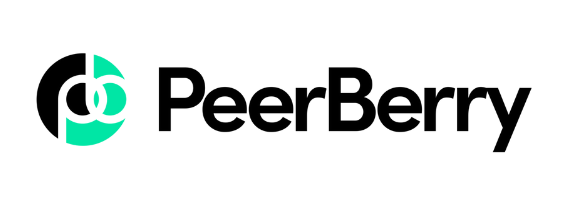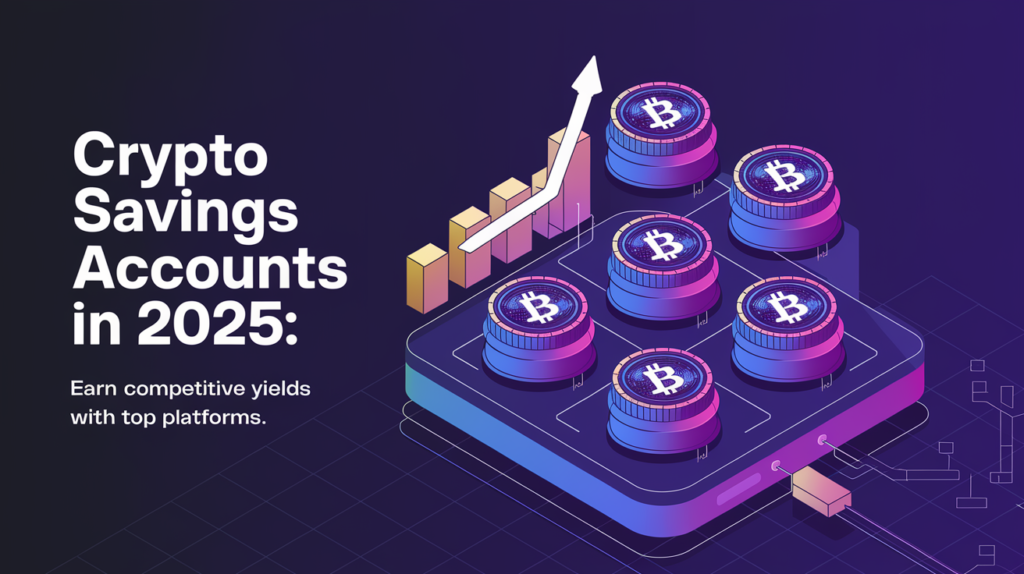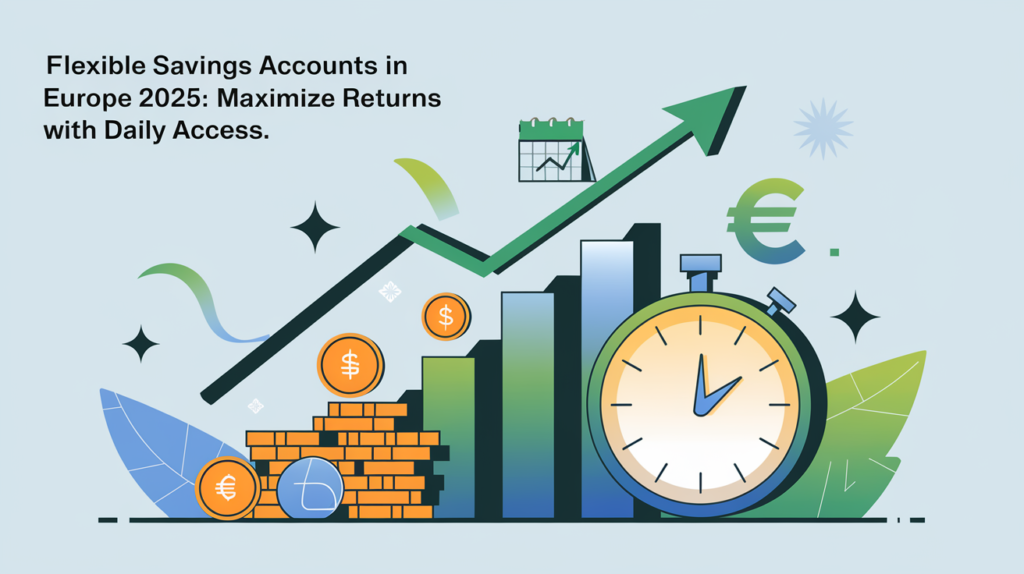P2P Lending vs. Traditional Investing: Which is Better for Beginners?
Introduction
Imagine turning €10 into a steady stream of income. That’s the promise of P2P lending, but is it really better than traditional investing for beginners?
P2P lending vs traditional investing is a hot topic for those new to managing their finances. This article will explore both options, compare their benefits and risks, and help you decide which investment strategy suits you best.
Was ist P2P-Kreditvergabe?
P2P (peer-to-peer) lending is a relatively new investment model where individuals lend money directly to borrowers through online platforms. These platforms, such as Mintos, Bondoraund Funding Circle, connect lenders and borrowers, cutting out traditional financial institutions. Mintos offers a broad range of loans across different geographies, while Bondora provides automated investment tools like Go & Grow for beginners.
The P2P lending market has grown exponentially, reaching an estimated value of $70 billion globally in 2023. For a comprehensive list of top P2P lending platforms, check out our guide on the best P2P lending platforms.
What Are Traditional Investment Options?
Traditional investments include stocks, mutual funds, bonds, and ETFs (exchange-traded funds). These options have been the cornerstone of personal finance for decades.
- Stocks: Buying shares in publicly traded companies to benefit from their growth.
- Mutual Funds: Pooled investments managed by professionals.
- Bonds: Fixed-income securities offering stable returns.
- ETFs: Funds traded like stocks but offering diversification.
Traditional investing has its roots in the early 17th-century Dutch stock market and has since evolved into a global financial system. For historical stock market performance data, visit this reputable source.
Benefits of P2P Lending for Beginners
- Ease of Use: P2P platforms are user-friendly and designed to simplify the investment process.
- Low Initial Investment: You can start with minimal capital, often as low as €10.
- Stable Returns: Predictable income through fixed interest rates.
- Personal Impact: Your investment directly supports individuals or small businesses.
Example: Platforms like Bondora offer returns of up to 11.4% annually for their diversified portfolios.
Case Study: A user started with a €500 investment on Mintos and earned an average of 10% annually, generating €50 in returns each year.
Risks of P2P Lending
- Credit Risk: Borrowers may default on their loans, leading to potential losses.
- Platform Risk: If the P2P platform becomes insolvent, your funds might be at risk.
- Liquidity Issues: P2P investments are less liquid, meaning you may not be able to withdraw your money quickly.
Example: During the economic downturn in 2020, some P2P platforms struggled to meet investor expectations.
For those interested in sustainable investing, explore our guide on the best P2P green lending platforms.
Benefits of Traditional Investing for Beginners
- Proven Track Record: Stocks and mutual funds have created wealth for decades.
- Diversification: A wide range of options allows you to spread risk.
- Liquidity: Stocks can be sold quickly if you need access to cash.
- Professional Management: Mutual funds are managed by experts.
Example: The S&P 500 has averaged a 10% annual return over the past century, despite short-term volatility.
Compound Interest: Investing early allows you to take advantage of compound interest, where your returns generate additional returns over time.
Risks of Traditional Investing
- Market Volatility: Stocks can fluctuate significantly, leading to potential short-term losses.
- Complexity: Understanding financial markets can be intimidating for beginners.
- Fees: Mutual funds often charge management fees, which can eat into returns.
Diversification: Spreading investments across sectors and asset types can mitigate risks.
Example: The 2008 financial crisis caused significant losses for stock market investors, but those who stayed invested saw their portfolios recover over time.
For more on investment fees, visit this external guide.
Ideal Scenarios: When to Choose Each Option
- P2P Lending:
- You want stable, predictable returns.
- You have a small amount of capital to start with.
- You are comfortable with moderate risk and less liquidity.
- Traditional Investments:
- You’re focused on long-term wealth building.
- You’re willing to diversify your investments.
- You have a higher risk tolerance and are ready to learn.
For those interested in alternative investments, consider real estate crowdfunding platforms.
Head-to-Head Comparison
| Feature | P2P-Kreditvergabe | Traditional Investments |
|---|---|---|
| Minimum Investment | Low (€10) | Varies, typically higher |
| Risk Level | Moderate (borrower default) | Moderate to high (market risks) |
| Liquidity | Limited | High (stocks) / Moderate (funds) |
| Potential Returns | Fixed (~5-12%) | Variable (~7-10% avg. annual) |
| Learning Curve | Easy to moderate | Moderate to steep |
| Tax Implications | Varies by platform | Often more complex |
| Regulatory Protection | Limited | Established frameworks |
Real-Life Examples and Statistics
- P2P Lending: A user invested €1,000 in Bondora’s Go & Grow and earned 6.75% annually over three years.
- Traditional Investing: Someone who invested €5,000 in the Vanguard Total Stock Market Index Fund in 2010 saw it grow to over €15,000 by 2023.
Schlussfolgerung
Both P2P lending and traditional investments offer unique opportunities for beginners. While P2P lending provides stable, predictable returns with low initial capital requirements, traditional investments offer long-term wealth-building potential and liquidity. The choice ultimately depends on your financial goals, risk tolerance, and investment timeline. For many beginners, a balanced approach that incorporates both options may be the best strategy.
What’s your investment preference? Share your thoughts in the comments below!
Start your investment journey today: Sign up for our free investment course and receive personalized recommendations. Don’t forget to share this article with friends who might benefit from these insights!
Table of Contents
- Introduction
- Was ist P2P-Kreditvergabe?
- What Are Traditional Investment Options?
- Benefits of P2P Lending for Beginners
- Risks of P2P Lending
- Benefits of Traditional Investing for Beginners
- Risks of Traditional Investing
- Ideal Scenarios: When to Choose Each Option
- Head-to-Head Comparison
- Real-Life Examples and Statistics
- Schlussfolgerung
- Call to Action
- FAQs
FAQs
Q: What is the minimum amount needed to start with P2P lending? A: Most P2P platforms allow you to start with as little as €10, making it accessible for beginners.
Q: Are P2P lending platforms safe? A: While many platforms are regulated, there are risks such as borrower defaults and platform insolvency. Always research the platform’s track record and reviews.
Q: Can I lose money in traditional investments? A: Yes, traditional investments like stocks and mutual funds are subject to market volatility, and there’s a risk of capital loss, especially in the short term.
Q: Which is better for short-term goals: P2P lending or traditional investments? A: P2P lending often provides predictable returns over shorter periods, making it suitable for short-term goals, while traditional investments are better for long-term growth.
Q: What are the tax implications of P2P lending and traditional investments? A: Tax treatment varies by country. P2P income is often taxed as interest income, while traditional investments may involve capital gains taxes.
Q: Can I combine P2P lending with traditional investing? A: Absolutely! Diversifying across both options can help balance risk and maximize returns.
Q: Where can I learn more about sustainable investing through P2P platforms? A: Check out our guide on the best P2P green lending platforms for more information.







